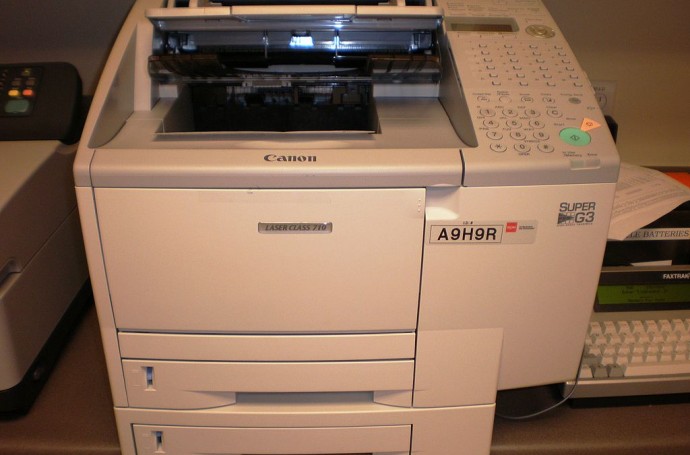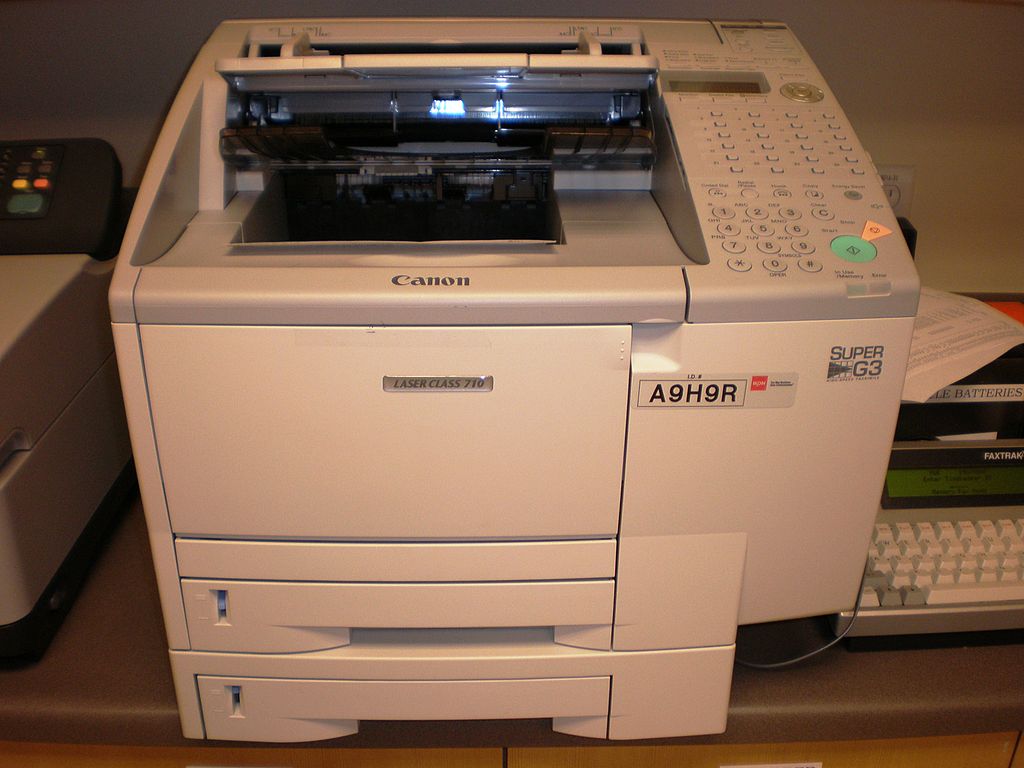
There’s no getting around it: one of the key contributors to failure in small and medium-sized businesses (and sometimes even big ones) is poor management. Altogether too many people think that because they can build a business they can run one, and try to learn on the job. Others get out of their depth at a departmental level, inadvertently undermining the rest of the enterprise. However, it doesn’t need to be like this. What makes the difference is recognizing that a manager isn’t just there to tell people what to do – good management requires specific skills. Making sure your business is the best it can be is so important. Check out these business management solutions.
Strategic thinking
The first thing you need to understand is that management isn’t just internal – it’s about understanding the position of each department within the company as a whole, understanding how that company fits into its sector, and understanding how that sector fits into the wider economy. This makes it possible to make effective decisions about actions that are needed and how finances should be managed. A manager has to be able to see the big picture, and should aim to plan about three years ahead while remaining flexible enough to account for changing circumstances.
Networking
Part of a manager’s job is to network, both within the company and outside it. Good networking brings in opportunities for improving the mechanics of the supply chain. It provides the chance to keep on learning new techniques for internal use, and it helps you to keep your finger on the pulse as far as developments within your sector are concerned. Networking doesn’t just take place at formal events, so you should be ready to get out and about and build up useful social connections.
In order for a business to run smoothly, everybody needs to be coordinated. This means that sticking to deadlines is really important. Managers not only need to get their own work done on time but also need to make sure that everybody in their teams do. This isn’t just about pushing people. You’ll also need to be aware of their individual capacities and make sure that work is portioned out in a manner that is practical, even if that doesn’t always seem fair.
Setting objectives
In order to facilitate work getting done on time and employees being able to engage with it enthusiastically, managers need to be able to set clear objectives and persuade their teams of their importance. At the most basic level, employees know that their livelihood depends on the company’s success, but they need to understand why particular actions are important to that success, and they need to have a clear picture of what’s required of them. As a rule, they will be more efficient when they can see how what they have been asked to do will contribute to the whole.
Communication
Communicating successfully with employees, board members, and others requires real flexibility on a manager’s part. This is one of the most important aspects of the job, and the reason why, for instance, Washington State’s online MBA program offers specialist courses in communications. First and foremost, it’s important to recognize that individuals vary and that information can’t always be delivered in a one-size-fits-all way. To be successful, you will need to be able to identify and adapt to the needs of your team. You’ll also need to be strong on formal communication techniques, especially for external use.
Investing in people
Ultimately, a manager can achieve nothing without a good team, but it’s the manager’s job to refine and develop that team. This means that you’ll need to be able to identify talents that should be brought to the fore, deal with clashes between team members, and identify weaknesses that suggest the need for additional training. All this will be more successful if your team members feel valued as individuals and are able to develop real trust in you, so you will need to work hard to be seen as supportive, attentive, and fair.
Good management enables a business to optimize its assets – including human ones – and punch above its weight in the marketplace. Management skills can be learned, but this is only possible when managers accept that they don’t know everything already and are willing to see themselves not only as bosses but also as functional parts of a larger business organism. If you’re ready for this, sharpening up your skills could enable you to take your business to the next level.


















